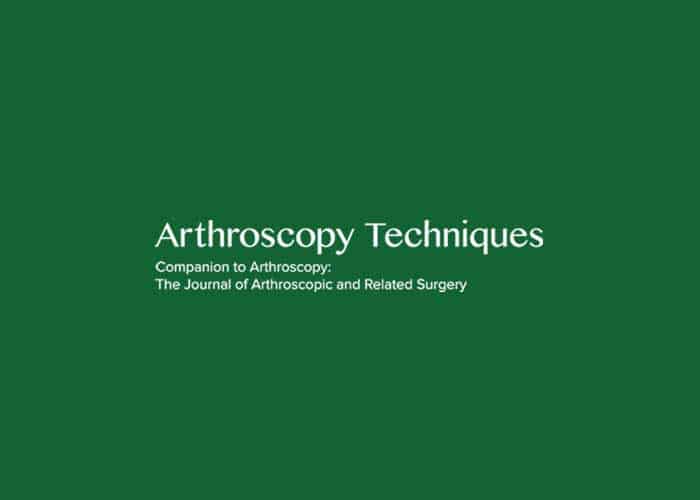
Authors:
Edward R. Floyd M.S, Gregory B. Carlson M.D., Robert F. LaPrade M.D., Ph.D
Abstract:
Lateral meniscus allograft transplantation is performed in predominantly young, active patients and is an option to stabilize the joint in lateral meniscus–deficient patients after anterior cruciate ligament reconstruction. The lateral meniscus functions as an important restraint to anterior tibial translation, and meniscal transplant in such a patient may improve survivability of the graft in addition to preserving the patient’s articular cartilage in the long term. A ligamentous extra-articular tenodesis procedure may be performed simultaneously to augment rotational stability of the joint, particularly in a patient with underlying ligamentous hyperlaxity.
Meniscectomy is undesirable but may be necessary to relieve mechanical symptoms in a patient with an unrepairable tear. An intact meniscus cushions forces across the knee by absorbing them as hoop stresses via its circumferential fibers.1 Meniscectomy subjects the joint to the consequences of decreased congruency, decreased articular surface contact area, increased contact pressures, and impaired load transmission and results in a less stable joint. Robotic work has demonstrated that the lateral meniscus acts an important restraint to anterior tibial translation (ATT), especially during valgus and rotatory loading, as seen in a pivot-shift test.2 It has furthermore been reported that meniscal deficiency is the single most significant predictor of anterior cruciate ligament reconstruction (ACLR) failure.3
Rotational stability is another major concern in ACL grafts, and a significant proportion of patients report persistent rotatory instability after ACLR.4 Recent biomechanical work has demonstrated that the anterolateral structures of the knee, including the anterolateral ligament, fibular collateral ligament, and Kaplan’s fibers (which connect the distal iliotibial band [ITB] with the lateral condyle of the femur) all contribute to rotatory stability,5 and ligamentous extra-articular tenodesis (LET) procedures concurrent with ACLR significantly decrease forces on the graft.6 This information suggests LET procedures may be used to protect the ACL graft from rotational forces,4 particularly in patients with deficiency of the lateral meniscus.
Given the deleterious effects of meniscectomy, especially on young and active patients, consideration may be given to an ipsilateral meniscal allograft transplant (Table 1). Indications for such a procedure are isolated pain in the compartment of meniscectomy, along with radiographic evidence of osteoarthritis. In patients with an ACL graft and meniscus deficiency, evidence of laxity or stretching of the graft should be carefully screened with physical examination findings and patient history. Evaluation should use Lachman, posterior drawer, pivot shift, and varus and valgus stress testing at minimum. Varus and valgus stress radiographs should be compared with baseline from the original meniscectomy or ACLR, and magnetic resonance imaging demonstrates tunnel and graft integrity.
Read the entire study: Arthroscopic Assisted Lateral Meniscal Allograft Transplantation With Open Ligamentous Extra-Articular Tenodesis
